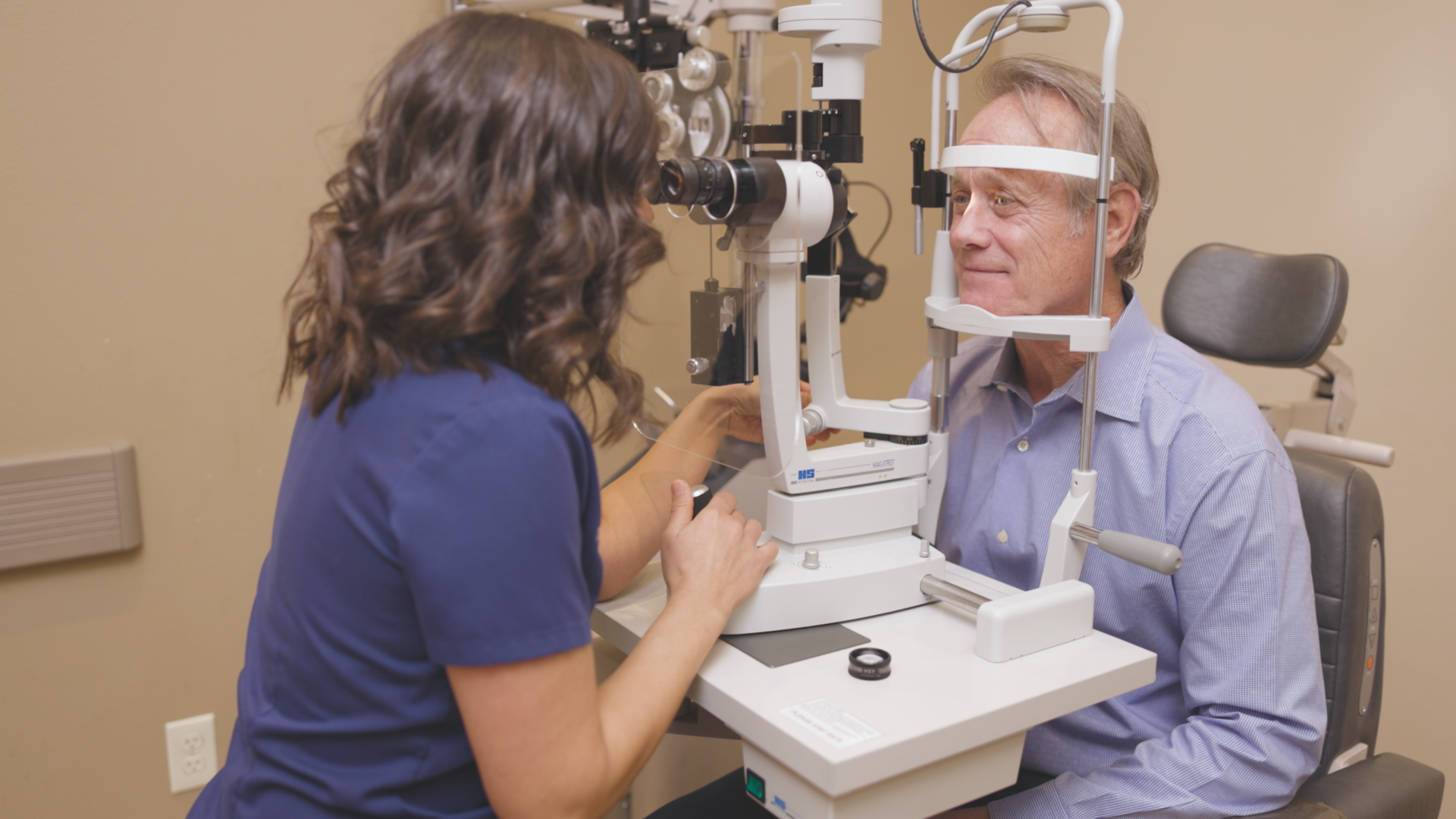Discover the most effective Optometrist Chino for Comprehensive Eye Care
Discover the most effective Optometrist Chino for Comprehensive Eye Care
Blog Article
Exploring the most up to date Technical Improvements in Optometry and What They Mean for Eye Doctors
From the accuracy of Optical Coherence Tomography to the nuanced understandings supplied by AI-driven diagnostic tools, these developments are establishing new criteria in patient analysis and treatment. As these innovations penetrate the technique, optometrists are faced with the difficulty of embracing these devices to improve patient outcomes.
Developments in Diagnostic Devices
Advancing the field of optometry, developments in diagnostic devices have actually revolutionized the method eye treatment specialists examine and detect visual disabilities and ocular problems. The past years has seen significant technical advancements, making it possible for more precise and detailed analyses.
Another key development is the introduction of innovative corneal topography systems, which map the surface curvature of the cornea with precision. These devices are specifically valuable for fitting call lenses and diagnosing corneal disorders. Electronic retinal imaging has actually changed traditional ophthalmoscopy, offering in-depth, panoramic views of the retina that help with complete visual exams.
The growth of wavefront aberrometry has actually likewise been vital, allowing the evaluation of refractive errors with unrivaled accuracy (Eye Doctor). This innovation aids in tailoring restorative lenses and boosting surgical end results for refractive surgical treatments. Collectively, these diagnostic innovations equip eye doctors to deliver exceptional patient treatment, making certain early intervention and tailored therapy techniques, eventually boosting aesthetic health and wellness outcomes
AI in Person Monitoring
Structure on the foundation of cutting-edge diagnostic devices, the unification of expert system (AI) in patient administration represents a transformative leap for optometry. AI systems are significantly used to boost efficiency, precision, and customization in patient care. By evaluating substantial amounts of data, AI can identify patterns and forecast potential eye conditions, making it possible for eye doctors to customize interventions better. This ability is important in taking care of persistent eye illness such as glaucoma and diabetic person retinopathy, where very early detection and continuous monitoring are essential.
In addition, AI-driven systems assist in streamlined client communications and management processes. Automated organizing, virtual examinations, and individualized follow-up strategies not just improve client contentment however additionally enhance time monitoring for specialists. These systems can triage people based on the urgency of their conditions, ensuring that those in crucial demand obtain prompt interest.
Furthermore, AI improves decision-making by giving eye doctors with evidence-based recommendations and therapy pathways. By incorporating information from digital wellness documents, AI tools supply insights that inform medical choices, lowering the risk of mistakes and improving person results. As AI remains to develop, its function in patient monitoring will likely expand, improving the landscape of optometric care.
Developments in Retinal Imaging
In the realm of optometry, retinal imaging has actually experienced impressive technological improvements that are boosting diagnostic capabilities and individual treatment. Advancements such as Optical Comprehensibility Tomography (OCT) and fundus digital photography have changed just how optometrists assess the retina and visualize.
Boosted imaging modalities like OCT angiography are further refining diagnostic accuracy. Opticore Optometry. Such innovations facilitate the recognition of min retinal modifications that can signify disease development.
Furthermore, advancements in artificial intelligence are enhancing retinal imaging by enabling automated analysis of huge datasets. These systems help optometrists in determining patterns a measure of pathology, thus boosting analysis accuracy and efficiency. Jointly, these technologies are changing retinal imaging right into a foundation of modern-day eye treatment, enhancing results and increasing healing possibilities.
Teleoptometry's Growing Role
Teleoptometry is significantly becoming a vital part of eye care, driven by developments in digital interaction and analysis tools. This internet is specifically helpful in underserved and country areas where access to specialized eye treatment is typically limited.
The assimilation of expert system (AI) further improves teleoptometry, allowing the analysis of visual data and assisting in the detection of ocular conditions such as glaucoma and diabetic retinopathy. AI-powered algorithms can quickly interpret intricate imaging data, supplying optometrists with valuable insights that reinforce professional decision-making.
Moreover, teleoptometry supports continuity of care through smooth combination with electronic health documents (EHRs), allowing optometrists to keep detailed patient backgrounds. This ensures that patients obtain tailored and consistent treatment even when seeking advice from various experts.
Despite these advantages, challenges continue to be, including guaranteeing information safety and security and managing individual expectations. Teleoptometry stands for a significant stride towards even more obtainable, effective, and patient-centered eye care. As technology develops, its role is positioned to expand better.

Future Patterns in Eye Treatment
A myriad of ingenious trends is established to reshape the future of eye care, driven by technical innovations and the progressing needs of people. One substantial fad is the combination of expert system (AI) in diagnostics, which assures to improve the accuracy and efficiency of eye examinations. AI formulas can examine substantial quantities of data from retinal pictures, possibly identifying problems like diabetic retinopathy and glaucoma earlier than typical approaches.
Furthermore, tailored medicine is gaining traction in optometry, with genetic screening notifying personalized therapy strategies. This approach intends to optimize person end results visit our website by tailoring interventions to specific genetic profiles. Wearable innovation, such as wise call lenses, is additionally imminent, supplying real-time monitoring of intraocular pressure or glucose degrees, thus offering continuous insights right into eye and systemic wellness.
The adoption of augmented reality (AR) and digital truth (VR) in training and patient education is another arising trend. These modern technologies supply immersive experiences that can boost understanding and skills both for patients and optometrists. As these fads advance, eye doctors must remain abreast of technical improvements to give innovative treatment, ensuring better person results and fulfillment in the vibrant landscape of eye care.
Conclusion

Jointly, these analysis improvements equip eye doctors to deliver superior individual care, making sure very early treatment Discover More and customized therapy methods, eventually boosting aesthetic health and wellness end results.

As these technologies continue to advance, optometrists must adapt and include them right into practice, ultimately maximizing operations efficiency and boosting the requirement of eye care provided to patients.
Report this page